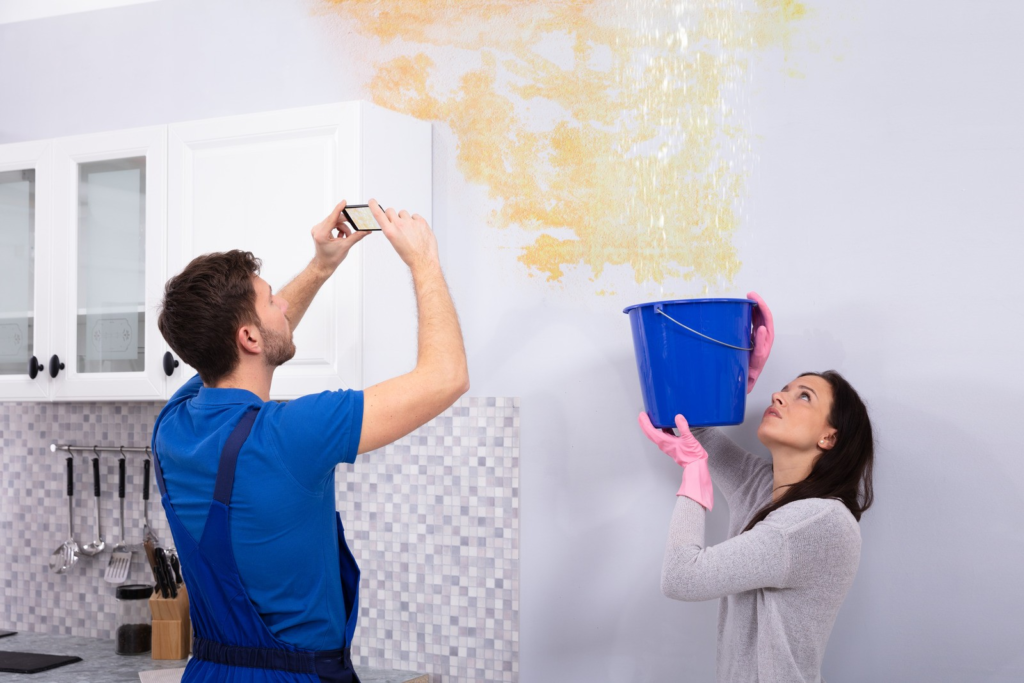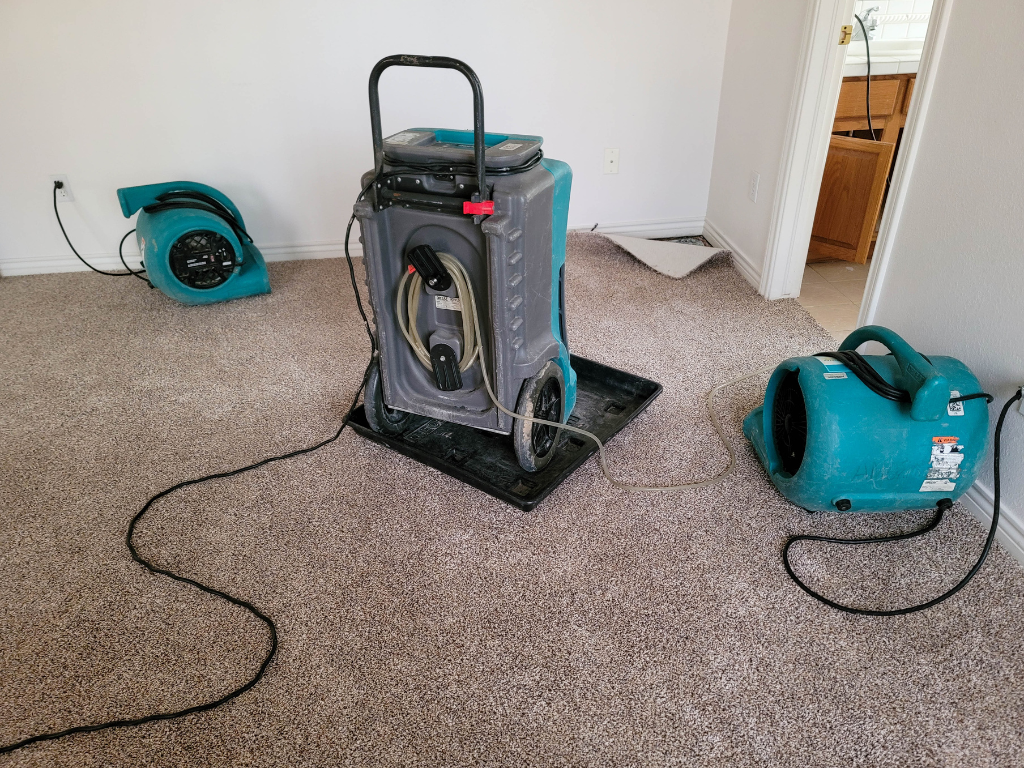Water damage can strike unexpectedly, causing significant harm to your home and belongings. Whether it’s due to a burst pipe, a natural disaster, or a leaking appliance, quick action is crucial to minimize the damage. Understanding water damage and knowing the steps to take before professional help arrives can make a substantial difference in the outcome. Here’s what you need to do immediately after discovering water damage in your home.
Ensure Safety First
The first and most important step is to ensure the safety of everyone in your home. Water damage can create hazardous conditions, such as electrical shocks or structural instability. If the water is coming from a clean source, such as a broken pipe, turn off the main water supply to prevent further flooding. However, if the water damage is due to contaminated water, like sewage, avoid direct contact and evacuate the area.
If there is a risk of electrical hazards, such as water near electrical outlets or appliances, turn off the power supply to your home, but only if it is safe to do so. If you are unsure, it’s best to wait for professionals who are trained to handle such situations safely.
Document the Damage

Before you start cleaning up, it’s important to document the water damage for insurance purposes. Take clear photos and videos of the affected areas, including the source of the water, any damaged belongings, and the extent of the flooding. This documentation will be essential when filing an insurance claim to cover the costs of repairs and restoration.
Remove Excess Water
Once you’ve documented the damage and ensured it’s safe, begin removing as much standing water as possible. Use mops, towels, or a wet/dry vacuum if available. The quicker you can remove the water, the less chance there is for mold growth or further damage to your home’s structure and belongings. If the flooding is extensive, leave this step to professional water removal services to avoid exacerbating the situation.
Protect Your Belongings
Move any furniture, electronics, and personal items out of the affected area to prevent further damage. If possible, prop up furniture legs to keep them out of the water. Place aluminum foil or wooden blocks under the legs to avoid staining carpets. Remove any rugs, curtains, and other fabrics that have come into contact with the water and start drying them out.
Ventilate the Area

Air circulation is crucial to minimizing water damage and preventing mold growth. Open windows and doors to allow fresh air to circulate, and use fans or dehumidifiers if you have them. However, if the water damage is extensive or the weather is humid, it’s best to wait for professional help to properly ventilate and dry the area using specialized equipment.
Contact Professional Help
Even after taking these initial steps, professional assistance is essential to fully addressing water damage. Restoration professionals have the expertise and equipment to thoroughly dry, clean, and restore your home, preventing long-term issues such as mold growth or structural damage. Contact a Advanced Carpet Cleaning as soon as possible to assess the situation and begin the recovery process.
Conclusion
Dealing with water damage can be overwhelming, but taking immediate and appropriate steps can help mitigate the impact. By ensuring safety, documenting the damage, removing excess water, protecting your belongings, and ventilating the area, you can minimize the harm to your home while you wait for professional help to arrive. Remember, swift action is key to reducing the long-term effects of water damage and restoring your home to its original condition.

